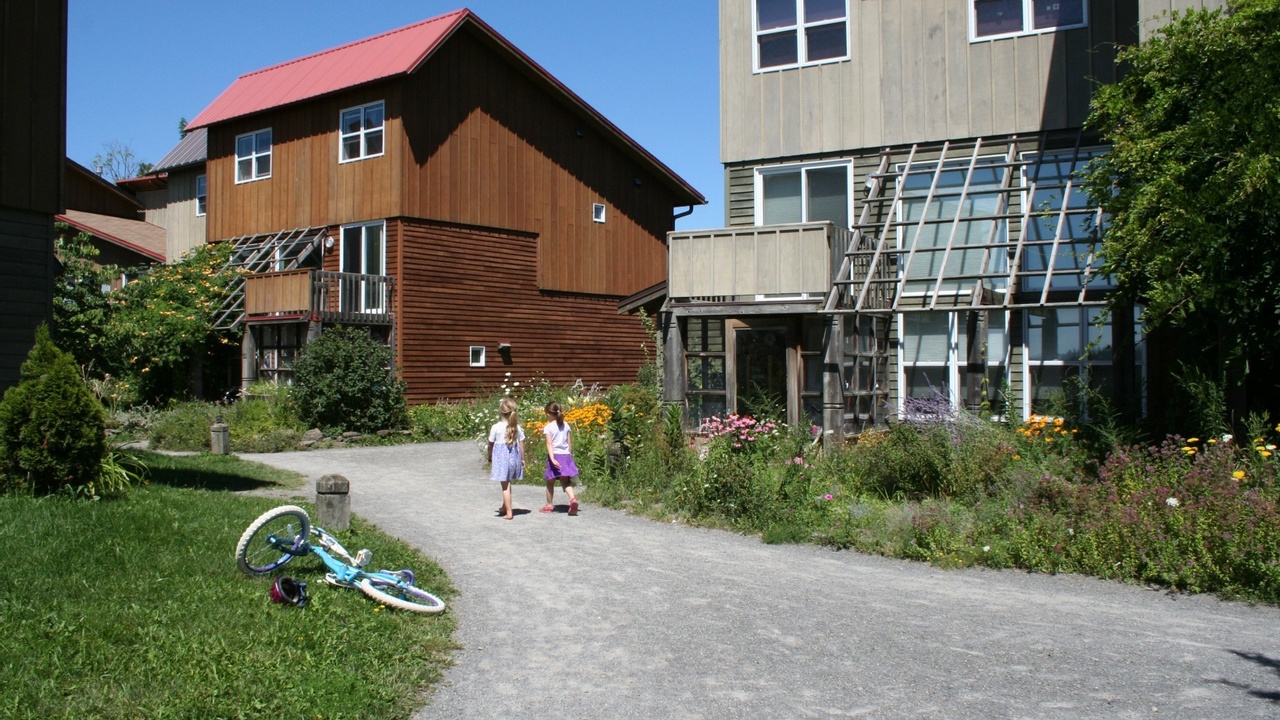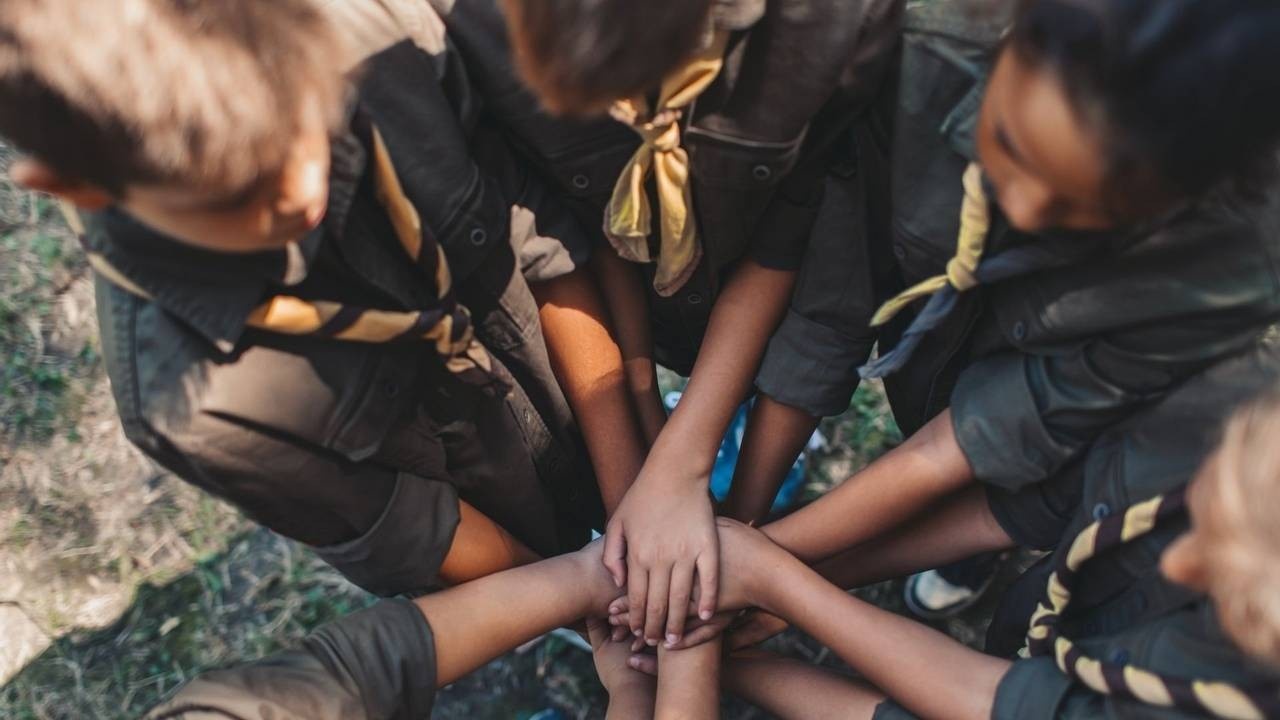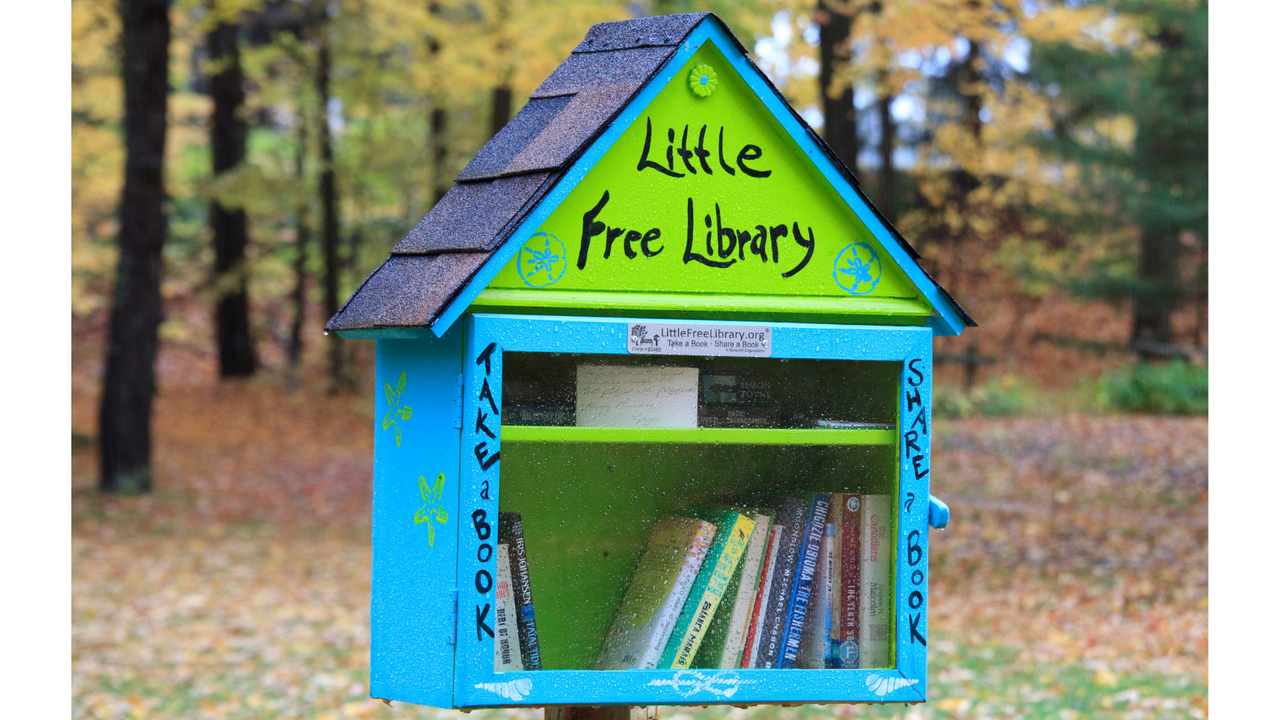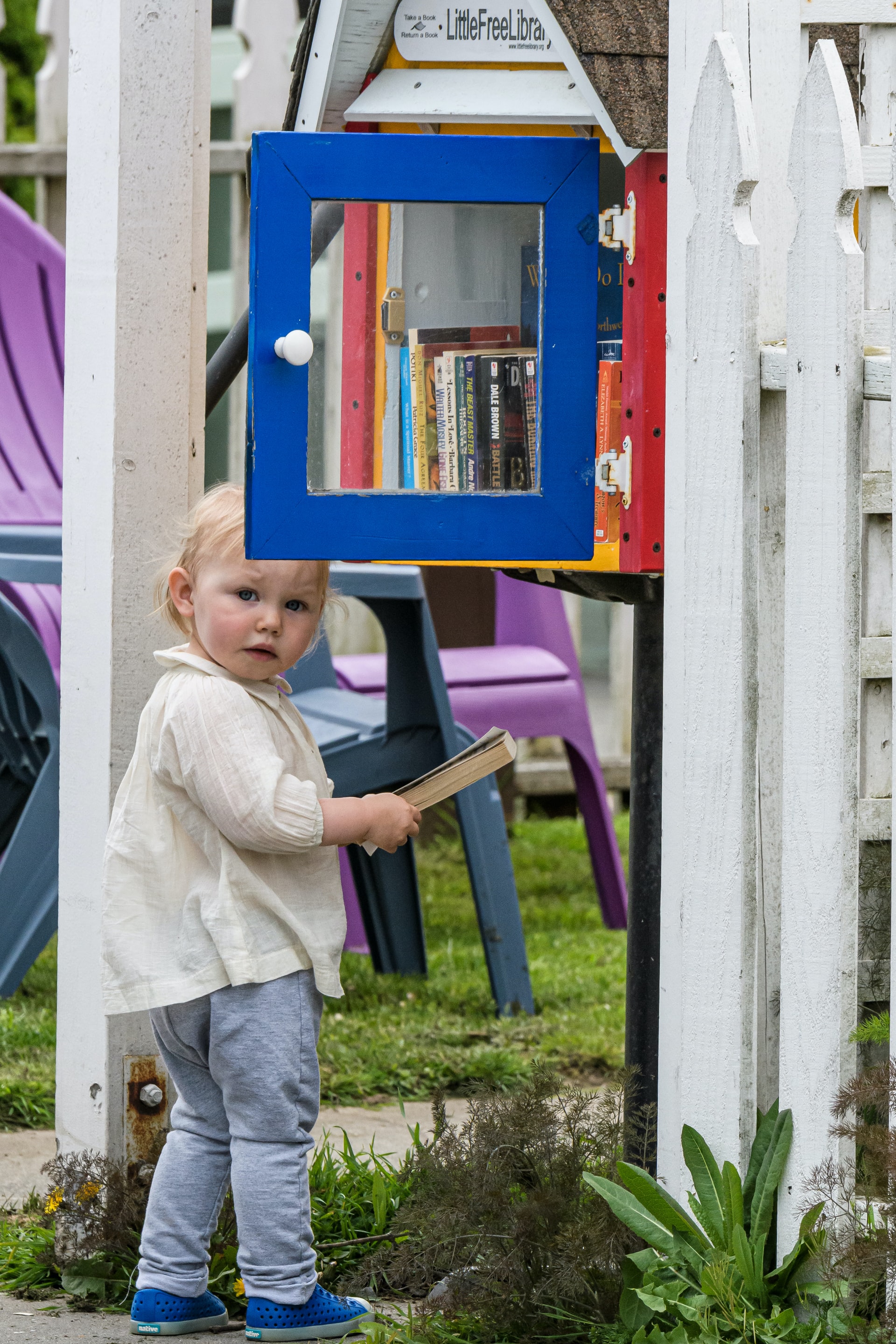Sustainable wellbeing and green living
Let's find ways to Flourish!
Why we should emulate nature in design

Humans are influenced by nature in many different ways. One of those ways is through design. In many cases, we take inspiration from our natural surroundings when it comes to architecture, interior design, and many of our human-made inventions.
While taking inspiration from nature may be something as simple as utilizing natural colour schemes, nature-based design can also be much more complex. Take biomimicry for example.
Making design better!
Biomimicry is the reproduction of natural forms and their functions, to make human-designed objects and machines more efficient. According to the Biomimicry Institute, biomimicry is “an approach to innovation that seeks sustainable solutions to human challenges by emulating nature’s time-tested patterns and strategies.”
Some quick examples of biomimicry include:
- Increasing the efficiency of wind turbine blades, airplane wings, and propellers by mimicking the bumps seen on the front edge of a whale fin.
- Decreasing the noise level of Japan ...
Students and seniors find symbiosis

Do you remember your time as a student where affordable housing meant multiple roommates, and sketchy landlords? Do you perhaps also know a senior who has extra space but lacks good social connections and may be isolated?
An unlikely match: seniors and students
Although these two demographic groups might seem like polar opposites, they actually have housing needs which are quite complimentary.

Let’s look at students first. Students require affordable housing, as they are at a point in their lives where they are trying to finance their education while balancing schoolwork, part-time jobs, and other expenses that occur at this age.
Unfortunately, there seems to be a shortage of affordable housing in many cities around the world. More specifically, affordable housing located on or near university campuses can be quite hard to come by. First of all, a large number of students attending a single university may cause a significant increase in demand for nearby student housing. This not...
When the river sues for damages

Should non-human beings and other elements of the natural world have rights? Could granting legal personhood be an important step when it comes to revolutionizing the way we protect nature around the world?
This is a very interesting concept, that although may seem a bit far fetched, is becoming a reality and may have the ability to make a significant difference when it comes to environmental protection!
And actually, when you think about the different environmental ethics that exist, it actually makes a lot of sense for elements of nature to be granted personhood.
Environmental ethics and the rights of nature

Your environmental ethic determines the way you view yourself (or humans in general) in relation to the natural world. Environmental ethics guide our moral relationship with the environment, as it helps us determine what behaviours, actions, and thoughts are ethically right when it comes to human interactions with the natural world.
Environmental ethics can be split into t...
Why the environment needs art activists

For thousands of years, humans have expressed themselves, their emotions, and their experiences through art, whether it be through cave paintings, intricate sculptures, or hastily drawn sketches in the back of a notebook.
More than just a fun pastime, the creation of art can also be thought of as the creation of culture, as these two cannot exist without one another. Art not only contributes to and shapes culture, but reflects culture as well.

Seeing that culture is often thought of as the defining characteristic that separates humans from other living species, it is only natural that humans are drawn to art, whether that be creating or viewing it.
Since art is such a significant part of the human experience, it can, and often is, used as a tool for conveying important messages. I love to see when art is cleverly used as a tool for environmental activism!
Images vs. words
Sometimes numbers and statistics just aren’t enough to make us truly understand the detrimental impacts of c...
Finding your green community: Ecovillages

Image sourced from: Ecovillage at Ithaca
It’s no secret that leading an eco-friendly life can sometimes be challenging. But do you know what makes things ten times easier? Community!
After all, it’s hard not to feel discouraged or like the odd one out when your efforts to lessen your environmental impact are not reciprocated by your neighbours or community members. Being surrounded by like minded people creates a beneficial atmosphere where environmentally friendly lifestyle changes, behaviours, projects, and initiatives are encouraged and supported.
This is why there is a plethora of online Facebook groups, neighbourhood meet ups, community clubs and more which strive to facilitate a sense of community for those who are interested in living green.
These small communities are great, but is it possible to create such environmentally friendly communities on a larger scale?
Yes, it is!
Have you ever heard of Ecovillages?
Ecovillages are entire communities which have been built wi...
For the love of Trails!

Do you love to spend time outdoors like I do? Are you new to outdoor recreation but appreciate the great opportunities that you are finding in your city or state or province? During the COVID-19 pandemic, people have become reliant on outdoor recreation as a way to interact with our loved ones in a safe manner, get a change of scenery, and stay physically active more than ever before. And this is great! People are discovering or rediscovering their love of the outdoors and getting physically active in nature, which is great for our bodies and for connecting us to nature. And, where there is an outdoor recreational trail, there is also likely a local trail association!
While people are engaging in all kinds of outdoor activities, you may have noticed that some designated walking trails have become substantially busier during the pandemic. It’s no surprise, considering that trails can be used for a number of great recreational activities such as walking or hiking, biking and skiing or e...
How to raise young environmentalists: Scouts and Girl Guides

In order to address the issue of climate change, one thing the world needs is for the children of today to be the strong environmental advocates of the future. In fact, why not encourage our children to be environmentalists right now?
After all, climate activists such as Greta Thunberg have proven that young people do care about the environment and are able to contribute to the search for climate change solutions!
Now, how exactly do we raise young environmentalists?
Of course, it is important to educate children about the environmental issues we are currently facing, but doom and gloom isn’t actually the way to go when it comes to encouraging a love and passion for nature!
The key is to foster an emotional connection between children and the environment. Research has shown that compassionate concern for the natural world comes from early contact with nature, empathy for other living creatures, and a sense of fascination and wonder associated with natural elements or environments....
Little Free Libraries Build Community

Are you looking to pick up a couple new books this summer? Before you head to the bookstore and buy something new, keep an eye out for Little Free Libraries in your neighbourhood! Little Free Libraries are collections of books which are housed in public bookcases. You may find these bookcases in public spaces such as parks or outside commercial buildings, or even in your neighbours’ yards.
There’s a chance you may have come across these unique structures in the past. Perhaps you have been unsure about how they work or if the contents of the bookcase are actually free to take. After all, if you are not too familiar with the concept it can feel quite strange to grab a book without signing it out or paying. Rest assured, these public bookcases are filled with books that are completely free to take – no strings attached!

While some public bookcases may be unmarked and unaffiliated with any organization, bookcases which are branded as Little Free Libraries are registered with the Little...
Why Biological Diversity Matters

Sure, we all love to see those cute videos of wild bear cubs playing or learning about the intriguing and complex communication of whales. But do you perhaps also have a hard time pinning down exactly WHY having a broad range of diverse species is so important?
You are probably not alone in this at all. We care for these species, and get a sense that they should be protected, but let’s delve into exactly how important this issue actually is - to us, and to the way that our planet’s ecosystems function.

First off, let’s just get the definition of biodiversity or biological diversity down. The universally accepted definition of biodiversity (biological diversity) can be found in the 1992 United Nations’ Convention on Biological Diversity. In this definition, biodiversity is stated as
“the variability among living organisms from all sources, among other things, terrestrial, marine, and other aquatic ecosystems and ecological complexes of which they are part, this includes diversity w...
Outdoor Learning Through BioBlitz

Have you ever heard the saying “many hands make light work?” Well, this saying is true in many different contexts. I’m sure we’ve all experienced just how handy it is to have a team of people working together on a shared project or task.
This is why it shouldn’t be surprising that collaboration, teamwork, and having multiple hands on deck is valued in the scientific community. After all, there is a ton of work to be done on all fronts when it comes to scientific, and more specifically, environmental research.
Contributions to environmental research made by all kinds of people, not just scientists, are highly appreciated and encouraged! In fact, events such as BioBlitzes are centred around citizen participation in scientific research and information gathering, similar to the annual Christmas Bird Count.
What is a BioBlitz?
A Bioblitz is an event which involves an intense period of surveying, recording, and collecting information about living species within a designated area. In othe...

